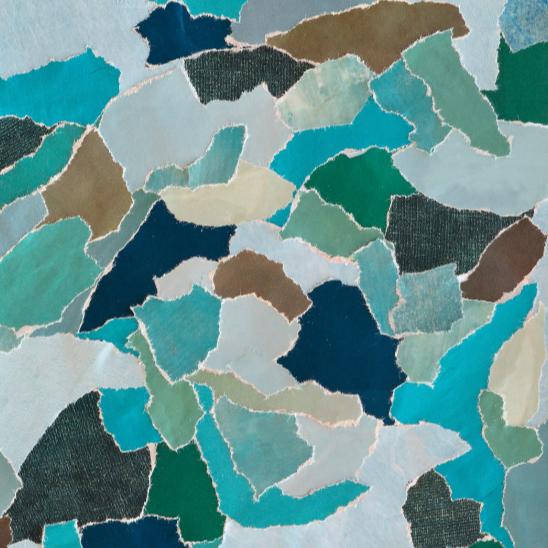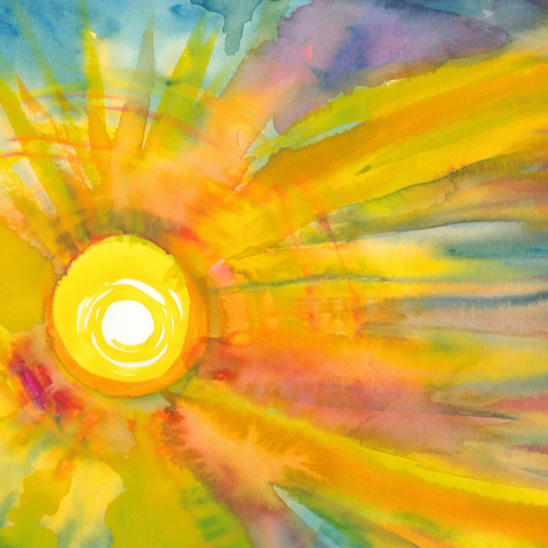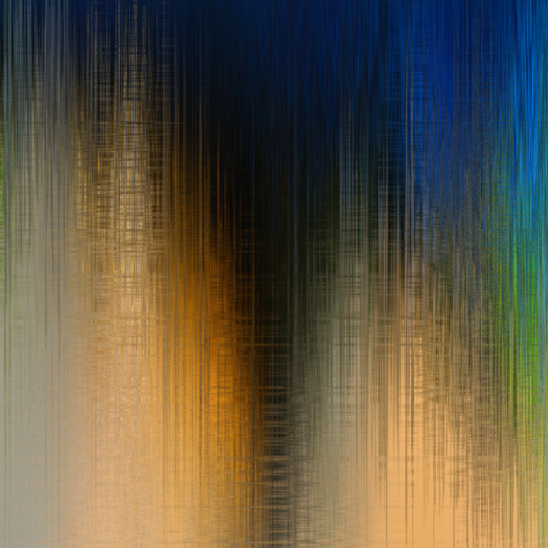When we were little, we watched Mr. Rogers. Do you remember?
I have no specific memory about where we watched or when or if any particular episode was a favorite. But I remember – I know – that we loved the show, and it helped us believe, and this makes sense because most of kidhood is recollected not as a clear picture but as an abstract painting that I intimately understand but can barely describe.
Part of the work is wrestling with the constant need to know. For instance, because I’ve studied Mr. Rogers later in life, I know that one of the questions he posed on his show, through song, was “What do you do with the mad that you feel?” And not knowing the answer to that question haunts me.
What did we do with the mad that we felt? We coped by forgetting, yet here I am all these years later knowing that we remember everything (forgive my childlike hyperbole). We didn’t forget or overlook; we buried the memory and its sensation. But where?
It was ok to be mad. Part of me wonders if we had a right to be mad. Anger is not unholy; our human response to it, however, is rarely righteous. Hiding or ignoring it isn’t godly either, but we were kids. What else could we do? Maybe we had the vocabulary, but our faith wasn’t firm enough to stand in when the truth unlocked hit the fan and set us free.
So I’m doing what we do, writing to solve time and the empty page, to seek forgiveness for the hurt caused by the unfelt. Being grateful for everything that is and was seems like it requires some sort of recollection of it, either as it happened or what it means now.
The texture of a photograph scratched through with a ballpoint, and yes I know the weight of my pen stroke. The afternoon-glow striping down through limbs and leaves as we climbed ladder-like tree roots out of dry creek beds, the sun a foreshadow of the light that would pull me up from the deeper ditch bottoms to come. I remember the details as sure as I can touch them, but searching through the fragments of memory is seemingly a quest to thread together the common patterns. If the pieces are parts of a whole, which ones connect and match up to God’s plan? What shards do I hold on to? What splinters should be released like chaff to the wind?
I’m trusting by faith to handle whatever meaning might be found in the memories. And what I mean to say is I love you and thank you, because what you held onto punctured parts of you that let me go toward wholeness.
I hope you like this letter, and even though I won’t mail it to you, I know you’ll write back soon, because you are me and I am you.




